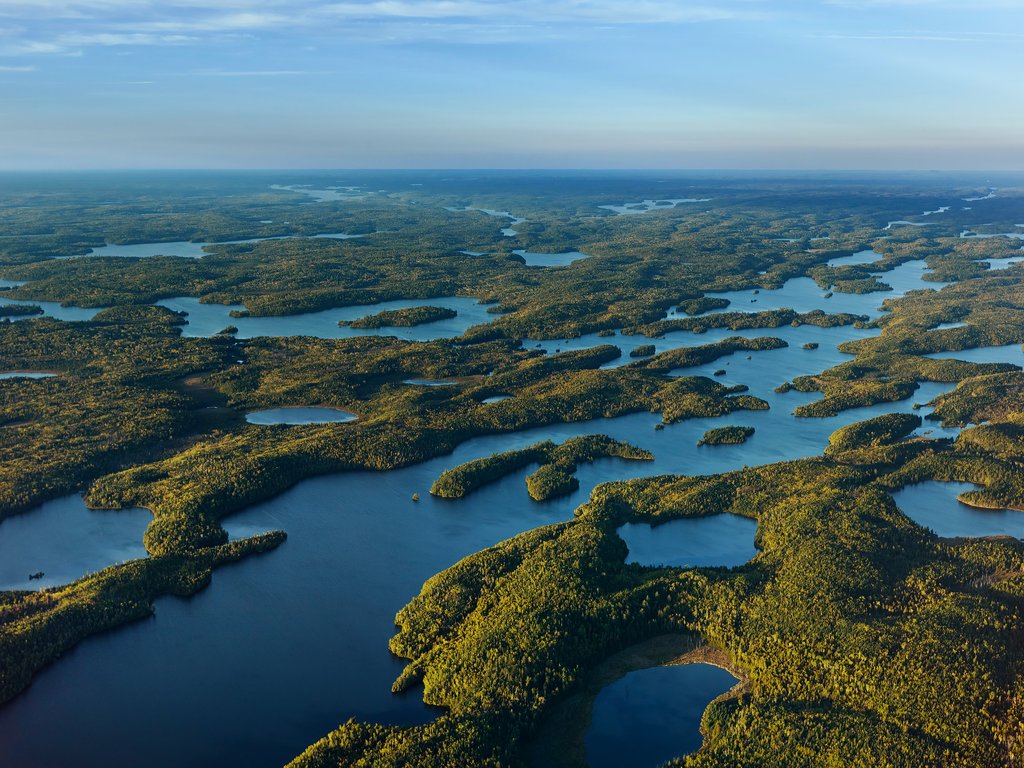Yale360
“Some scientists concluding that understanding the function of species can tell us more about ecosystems than knowing which species are present — a concept known as functional diversity. This idea is not merely academic, as scientists say that understanding functional diversity can play an important role in shaping conservation programs to enhance biodiversity and preserve or restore ecosystems.
“The trait perspective is very powerful,” says Jonathan Lefcheck, a researcher at the Bigelow Marine Lab in East Boothbay, Maine who studies functional diversity in marine environments. “Some species in an ecosystem are redundant, and some species are very powerful.”...
Some scientists now compare knowing which species are present in an ecosystem to knowing only which parts of a car are present. Functional trait ecology is a deeper dive into ecosystem dynamics to help understand how the parts come together to create a natural environment ...”





















